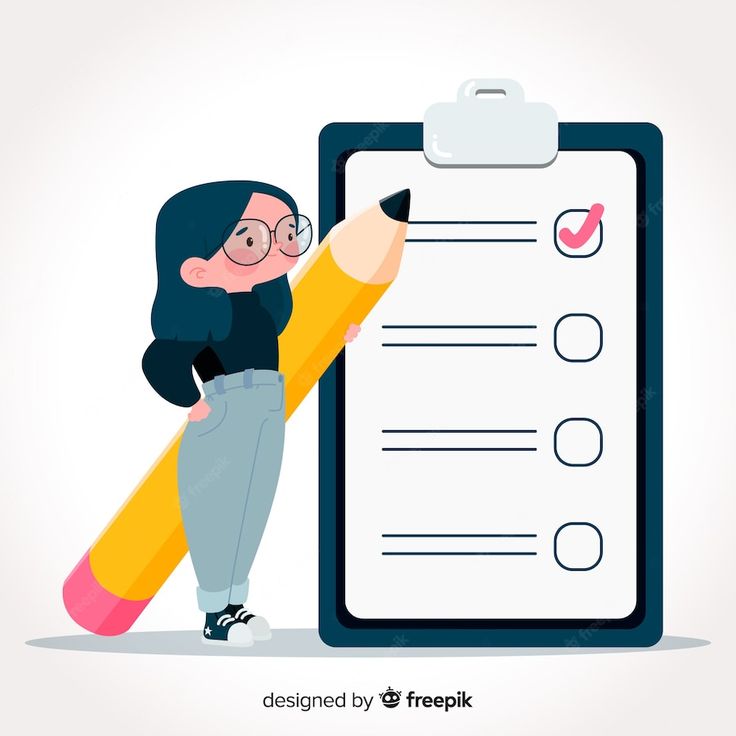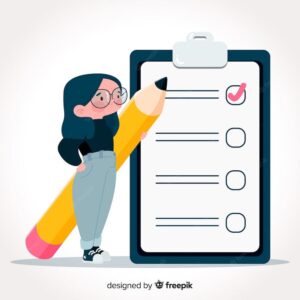Preparing for the CLAT (Common Law Admission Test) requires strong command over General Knowledge (GK) and Current Affairs. One of the biggest challenges aspirants face is remembering important dates, events, and factual information, especially when the syllabus seems to be ever-expanding.
This article presents practical strategies, memory techniques, and tools that will help you retain and recall GK and current events efficiently — ensuring that you stay ahead of the curve in the CLAT General Knowledge section.
Why Remembering Dates & Facts Matters in CLAT
The GK and Current Affairs section of CLAT tests your awareness and retention of key events, legal developments, government schemes, national and international affairs, awards, appointments, etc. Most questions are fact-based and require you to recall dates, names, or historical contexts quickly.
Doing well in this section can give you a major edge, as it is less time-consuming and contributes significantly to your final score.
Top Strategies to Remember Dates, Events, and Facts for CLAT
1. Use Timelines and Chronological Notes
Create timelines for important events, especially for:
Constitutional amendments
Landmark Supreme Court judgments
Historical movements
International treaties and conferences
Visual representation helps the brain process and store information sequentially, making it easier to recall.
2. Apply Mnemonics and Memory Hooks
Use mnemonics or acronyms to remember lists, events, or dates.
Example: To remember the important fundamental rights, use the acronym “SPERRC” — Speech, Property (repealed), Equality, Religion, Rights, Constitutional Remedies.
Link dates to a personal story or image — the more bizarre or vivid, the better your brain retains it.
3. Use the Loci Method (Memory Palace Technique)
Visualize placing events or dates in a familiar location (like your house or street). Associate each room or spot with a major event. This visual and spatial memory technique is widely used by memory champions.
4. Practice Daily Quizzes and Revisions
Retention improves with active recall. Use daily quiz apps, flashcards, or websites like GKToday, AffairsCloud, or CLAT-specific platforms to test yourself on:
Important days and themes
Recent appointments and resignations
Awards, rankings, legal updates
Set a fixed revision schedule — revisit older notes every 7 or 15 days.
5. Categorize Information
Group data into specific categories:
International Events
Indian Politics and Policies
Legal Developments
Sports and Awards
Science & Technology
Art, Culture & Books
Categorization helps reduce cognitive overload and makes retrieval faster.
6. Maintain a Monthly Current Affairs Notebook
Every month, dedicate a section to:
Important days with themes
Key appointments and resignations
Major government schemes and bills
Significant Supreme Court judgments
Keep your notes concise, structured, and updated. Use bullet points and highlight crucial information.
7. Create Flashcards or Use Digital Tools
Use apps like Anki, Quizlet, or physical flashcards to revise dates and facts. These tools use spaced repetition, which is scientifically proven to improve long-term memory.
8. Watch News Analysis Videos or Listen to Podcasts
Visual and auditory learning helps retain events and news stories better than just reading. Follow weekly current affairs summaries or legal analysis podcasts to reinforce learning.
9. Solve Previous Year Papers & Mock Tests
Mock tests not only improve accuracy and speed but also help in retaining facts you’ve studied. When you see a question multiple times in different forms, the fact gets embedded in your memory.
10. Teach Someone What You’ve Learned
One of the most effective learning techniques is teaching someone else. It forces you to recall facts, organize your thoughts, and reinforce memory.
SEO Keywords to Target
how to remember dates for CLAT
tips to memorize facts for CLAT exam
how to study GK and current affairs for CLAT
CLAT memory techniques for important events
best way to retain information for CLAT
how to revise current affairs for CLAT
CLAT general knowledge preparation tips
Conclusion
Remembering important dates, events, and facts for CLAT requires smart preparation, repetition, and strategy — not just rote learning. By combining visual techniques, spaced repetition, consistent revision, and categorized notes, you can improve both your retention and recall significantly.
Make it a daily habit, integrate memory tricks into your prep, and soon you’ll find the GK and Current Affairs section to be your scoring ally in CLAT.
Frequently Asked Questions (FAQs)
Q1. How far back should I study current affairs for CLAT?
You should cover at least 10–12 months before the CLAT exam. Prioritize events from the current year.
Q2. What is the best way to remember important dates for CLAT?
Use timelines, flashcards, mnemonics, and spaced revision. Linking dates to visuals or stories can also help.
Q3. Are static GK questions asked in CLAT?
CLAT has moved towards current affairs-based GK, but some questions may still have a static connection, especially related to the Constitution, polity, and history.
Q4. Can I rely solely on monthly current affairs PDFs?
PDFs are useful, but also read daily news and analyze topics in-depth to strengthen retention and context understanding.
Q5. How often should I revise current affairs for CLAT?
Revise weekly and monthly. Use tools like flashcards or make summary notes for regular review.






